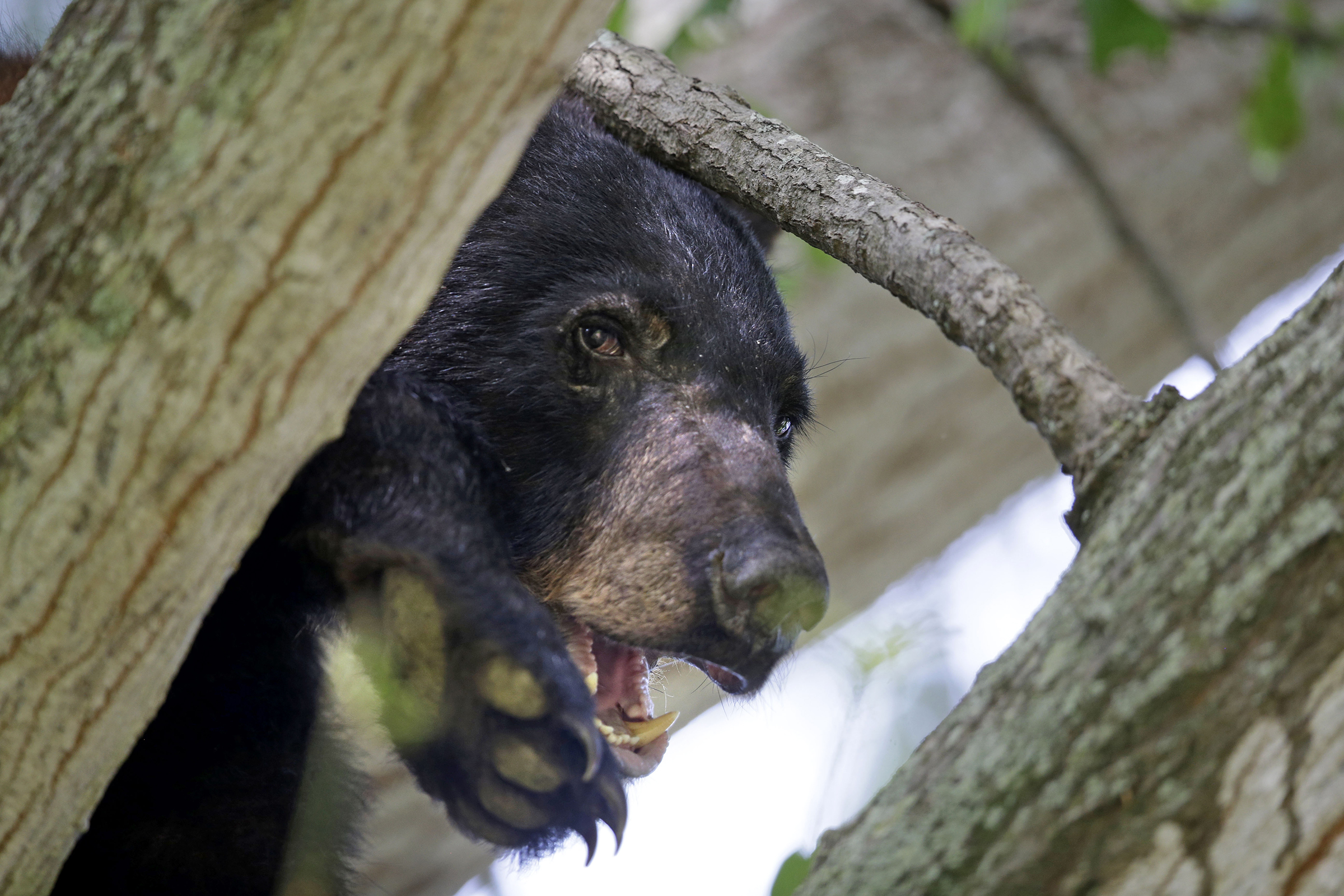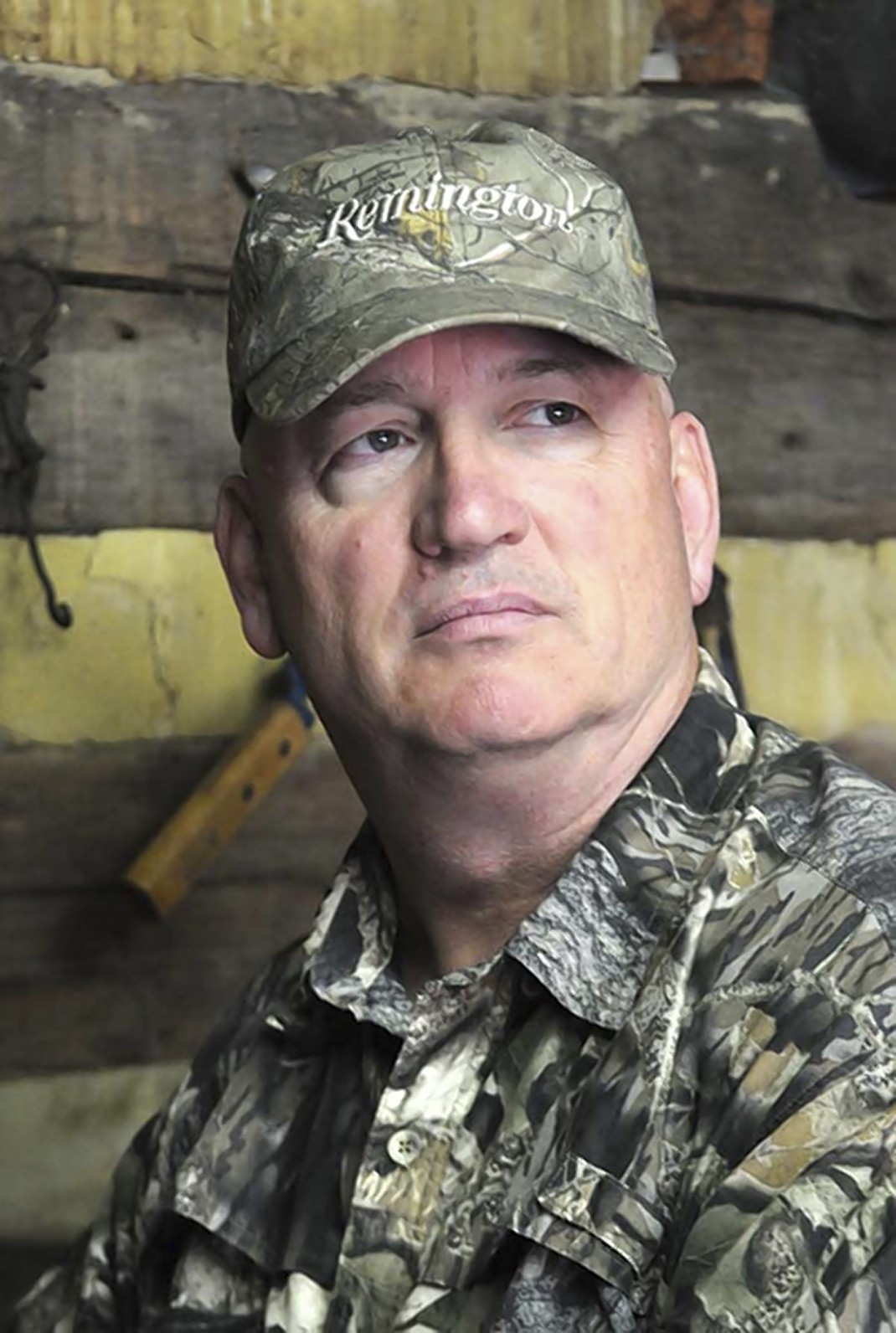EDITOR'S NOTE: Larry Case's outdoors column, which has appeared in the Times Free Press since September 2015 under the title "The Trail Less Traveled," will now be known as "Guns & Cornbread" - which is also the name of his personal website, where you can find more of his work (including, yes, the recipe for "Grandmother's Buttermilk Cornbread").
I have been around hounds for most of my life. My dad had beagles when I was young, and I owned a couple of coonhounds.
As a breed of dogs, hounds have been around since ancient times, depending on which type you are talking about: those using primarily sight and speed, also known as coursing hounds, or those using primarily scent, also known as trail hounds. Coursing hounds such as the greyhound or the Saluki may have a longer history that scent hounds such as the bloodhound or foxhound.
The ancestors of our modern hunting hounds were probably developed by the English and the Scots several hundred years ago. These men developed the English and then the American foxhound, which were later developed into the coonhound breeds.
An exception was the Plott hound, which derived from dogs brought to colonial North Carolina in 1750 by one Johannes Plott. He and his brother Enoch brought along five hound-like dogs from Germany, and while Enoch did not survive the transatlantic trip, Johannes (later changed to George) and the hounds did. These dogs became the basis of the modern Plott hound, and they are widely used by bear and boar hunters today.
Pursuing bears with hounds is a very traditional way of hunting in the Appalachian Mountains and has been for 200 years. For the uninitiated to begin to understand this type of hunting, you must realize how much area it takes to pursue bears with hounds. When bear dogs strike a track, the chase can go for miles through some of the roughest terrain imaginable. Along with some very steep hillsides to negotiate, the bear hunter will usually face some very thick brush, rocks, downed logs and other obstacles that seem to make your way impassable.
The first brave hunters and settlers who came west of the Alleghenies found a wealth of game in the mountains, including bears. Black bears were plentiful, and they were an important food source and trade item to the early settlers in the mountains. Bear meat was highly prized, and even more important was rendered bear fat, which could be used for cooking, protecting leather items and burning in oil lamps, as well as everything from skin care to the lubrication of metal hinges. Bear hides were bought, sold and bartered to be used for leather and other goods.
These early hunters knew one of the best ways to successfully take bears in the mountains was with the use of dogs, usually hounds. Early bear hunters quickly started to develop a hound that not only had a good nose for trailing, as most hounds do, but one with great stamina to run long races in the mountains.
They had to have something else, too: grit. Bear hunters will often use the term gritty for the trait in hounds that gives them the nerve to stay with their game when they get in close quarters with a bear. Without the desire for a hound to fight a bear, the dogs could never make the bear climb a tree until the hunters arrive, or "bay" the animal if he refuses to climb a tree. The bear that stays on the ground and refuses to climb a tree (often a big bear) can be a problem and will often hurt some of the dogs, sometimes killing them.
For most dedicated bear hunters, it's all about the dog and the chase. Many people are surprised to learn that hardcore bear hunters, the ones who own the dogs, may rarely kill a bear during the season. It is common for a young hunter or an adult to tag along and be available to take the shot if the hounds tree a bear. To the first-time bear hunter and especially a youngster, this will be a hunting memory they will keep forever. Often a group of hound hunters are more than happy to accommodate someone who wants to take a bear; they love the chase.
This type of hunting, running bears with hounds, is not so much a style of hunting as it is a lifestyle. Keeping a pack of bear dogs - feeding, training, conditioning and caring for several hounds - is almost a full-time job. These hunters run their dogs almost year-round, too, because any hound kept in the pen most of the time and released only during bear season is going to be severely limited in ability.
There are sometimes problems with chasing bears with hounds in the modern world. A bear chase with hounds is easier and better served when it happens on large areas of national forest or big hunting leases reserved for this. No one really knows where a bear chase will end when it starts as they sometimes travel for miles. The hounds don't know when they enter private property, and this can sometimes be a problem.
It will be up to our houndsmen of today to diplomatically work out problems with land owners and hope that they do this. I hope I never see a time when dedicated hound followers are absent from these awful and beautiful Appalachian Mountains.
"Guns & Cornbread" is written by Larry Case, who lives in Fayette County, W.Va. You can write to him at larryocase3@gmail.com.


